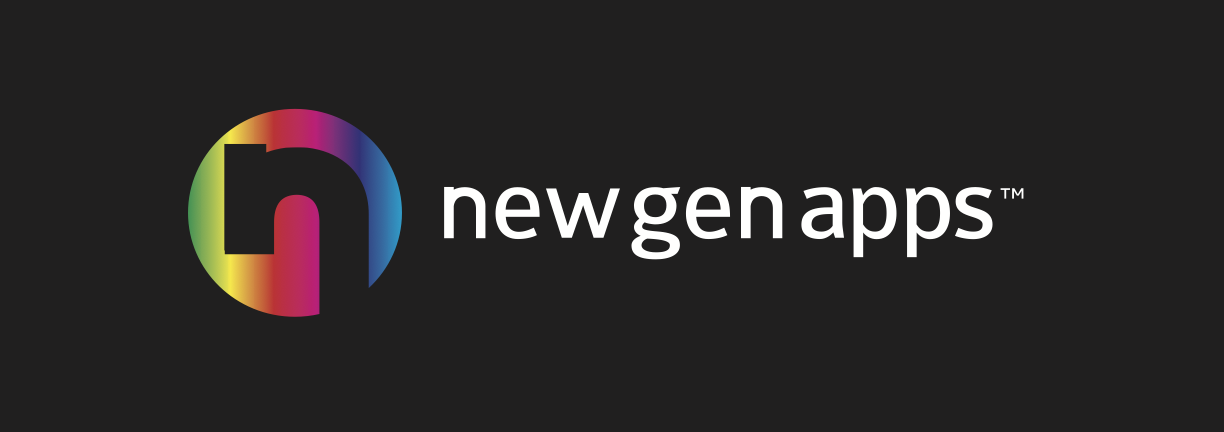Over thousands of years, language has been our primary mode of contact and human activity. The vocabulary for a group includes the terms citizens use to talk, the terms themselves are vague, however, they show the context, refer to things or acts, etc. Also, manually shifting ones and zeros, alternating the circuit and cabling, programmed the very earliest computers. Of course, designing such systems was not simply because most of them were used for particular software only, and they were gigantic so they were very confined.
Computer programming languages are used to transfer commands on to the machine. They are focused on certain syntactic and semantic rules, which determine the definition of each of the constructs of programming language. A programming language is a vocabulary used for computer programmers to create software programs, scripts, or certain collections of machine instructions to follow. Almost every programming language has a unique set of keywords (words it understands) and specific vocabulary to organize directions for the program as well as its instructions.
Any language you use, you will finally translate the software into a machine language so that the device will comprehend it.
What are Julia and Python?
Created by a four-person team in 2009 and released to the public in 2012, Julia is intended to fix the limitations of Python and other languages and frameworks used for science data analysis and computation. Julia is collected and not recorded. Julia is compiled just in time (JIT) using the LLVM compiler system for speedier runtime efficiency. Julia can exceed or equal C velocity at its peak. Julia is a famous figure among mathematicians and data scientists. It shares characteristics (such as 1-based array indexing and logical design) with math and data applications such as Mathematica, and its syntax is similar to the way mathematicians can compose formulas. Julia also offers outstanding parallelism and cloud storage assistance, making it a popular option for large data ventures.
Python is a complex programming language of high complexity, comprehension and general intent that focuses on the readability of text. The Python syntax lets programmers do coding in fewer phases than in Java or C++. The language developer Guido Van Rossum established in 1991 has made programming easy and enjoyable to do. Python is a complex programming language of high complexity, comprehension and general-purpose, which focuses on text readability. The syntax of Python lets programmers code in fewer phases than in Java or C++. The language developer Guido Van Rossum founded in the year 1991 has simple and enjoyable programming to do.
Difference between Julia and Python
Community and Following:
Julia has an ever-growing and highly enthusiastic community; but, considering that it is a new language, the community's scale is very tiny. Python has been around for years, and therefore boasts of an immense ecosystem that functions to its gain. Julia's software culture is on a rather young level. The broad Python group is a big asset for developers, because it requires many tools to solve problems and doubts
Work speed
Without optimization and handcrafted profiling methods, Julia brings you great pace and is your answer for efficiency problems. Julia is great for numerical programming and large and complicated codes often require less time. Julia definitely beats Python in the field of pace and efficiency. The Julia code performs at a genius pace and is incomparable.
Dynamic Typing
Both Julia and Python are programming languages, which are dynamically typed, so developers do not need to define variables. You can however combine and enjoy the benefits of static and dynamic typing with Julia.
Libraries
Julia is a language that is dynamically typed, helping developers construct variables without defining their forms. Julia also gives an edge of texting Static. Python is often written dynamically, which allows constructing variables without a declaration of form. It is better from Julia purely because it is not dynamically typed.
How Golang is thriving in the software industry
Choosing the right programming language is the most crucial thing for the developers in today’s time. You need to choose a language which is robust...
4 min read
What is GraphQL? The Ultimate Guide to the Next Big Thing in API Design
GraphQL is the latest technology to develop new generation queries, Application Programming Interfaces, and many other use cases. It is...


